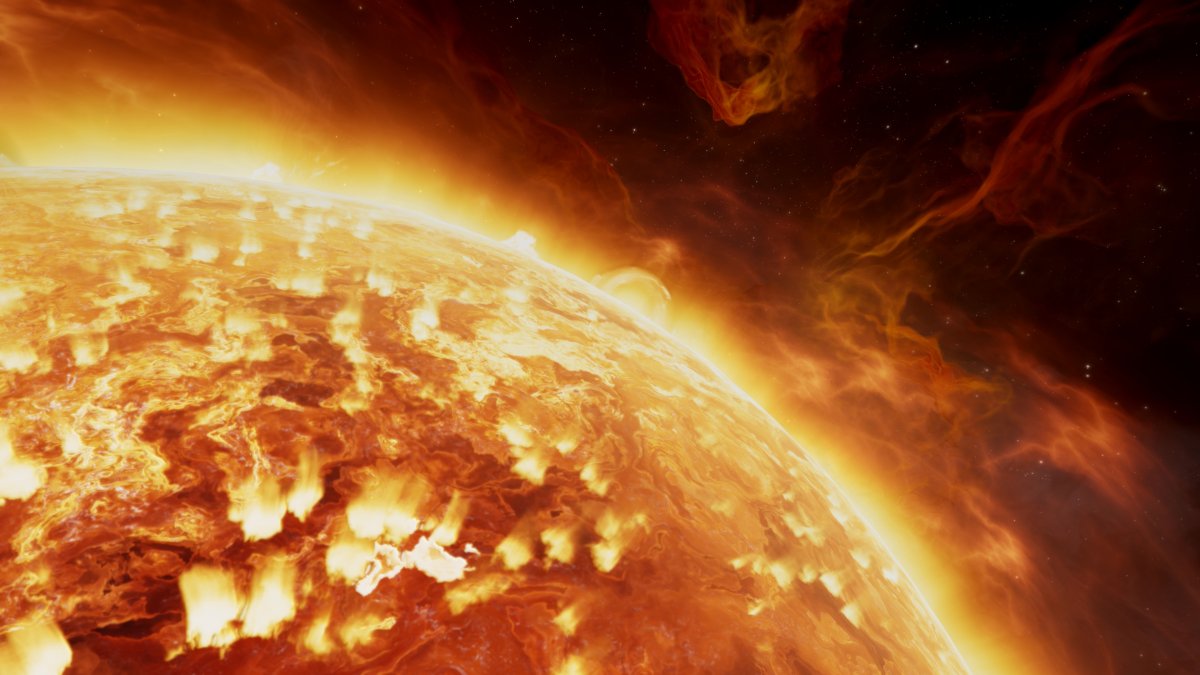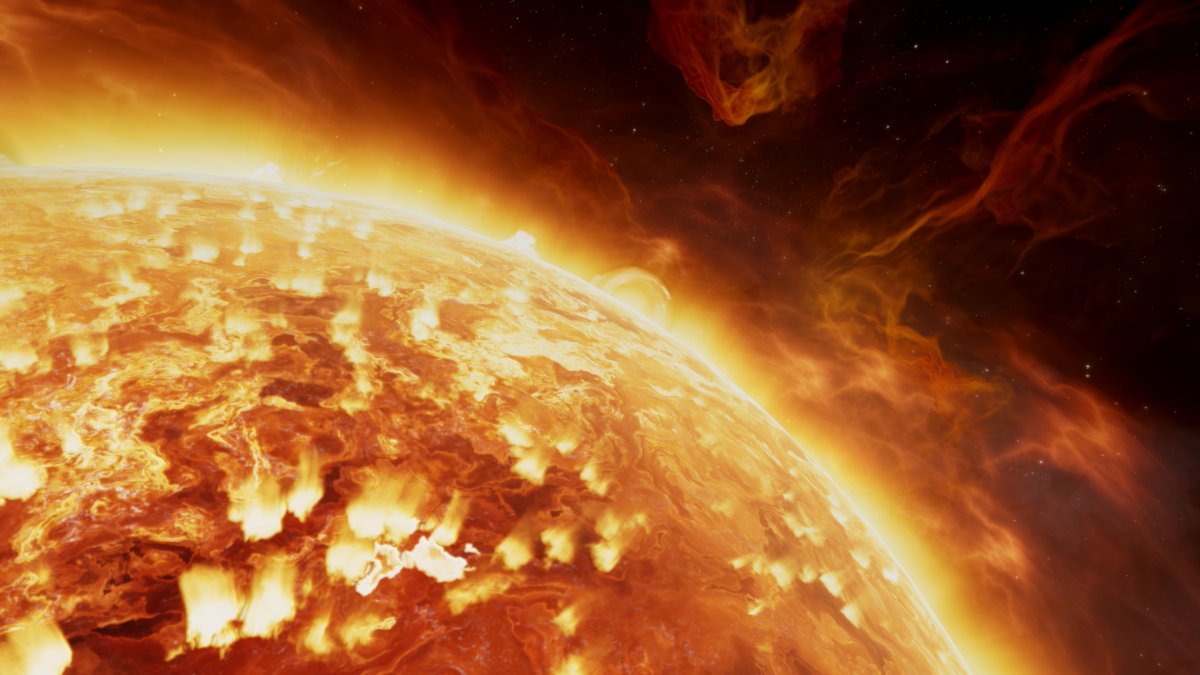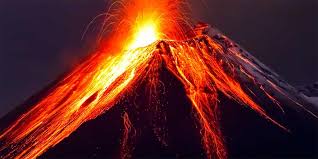Radiation storms are events in which high levels of radiation are emitted from the Sun and reach Earth. These storms can pose a significant threat to astronauts, satellites, and ground-based infrastructure.
Types of Radiation Storms
- Solar Energetic Particle Events (SEPs): These events involve the release of high-energy particles, such as protons and electrons, from the Sun.
- Geomagnetic Storms: These storms occur when the Earth’s magnetic field is disturbed by a large solar eruption, such as a coronal mass ejection (CME).
Effects of Radiation Storms
- Health Risks: Exposure to high levels of radiation can pose serious health risks to astronauts, including an increased risk of cancer, cataracts, and other health problems.
- Satellite Damage: Radiation storms can damage satellites, leading to disruptions in communication, navigation, and other services.
- Power Grid Disruptions: Geomagnetic storms can induce currents in power grids, potentially causing blackouts and other disruptions.
Predicting and Mitigating Radiation Storms
- Space Weather Forecasting: Scientists constantly monitor the Sun for signs of solar activity and use models to predict the potential impacts of radiation storms.
- Satellite Shielding: Satellites can be shielded with materials that protect against radiation.
- Emergency Preparedness: Organizations can develop plans to mitigate the effects of radiation storms, such as implementing emergency power systems and procedures for protecting critical infrastructure.
Radiation storms are a natural phenomenon that can have significant consequences on Earth. By understanding the causes and effects of these storms, we can better prepare for and mitigate their risks.
Would you like to learn more about a specific type of radiation storm or the challenges of protecting against their effects?



